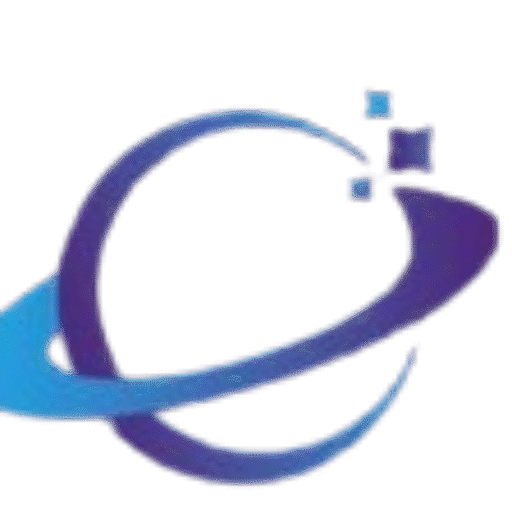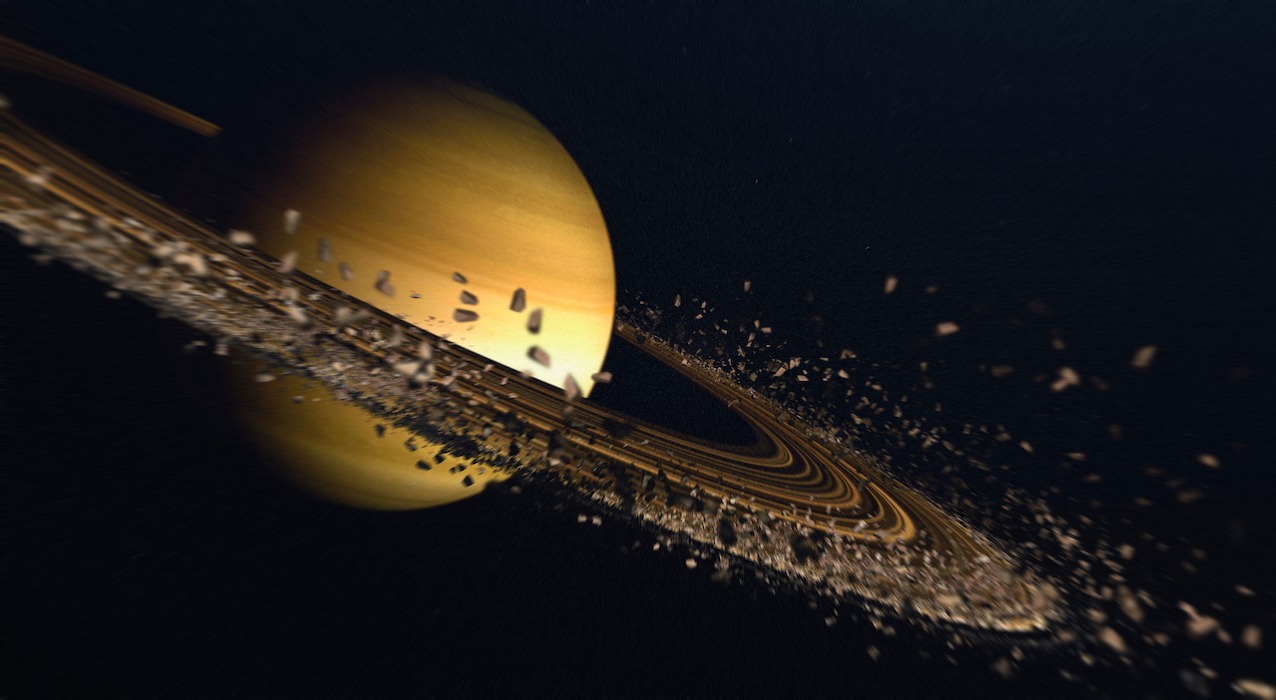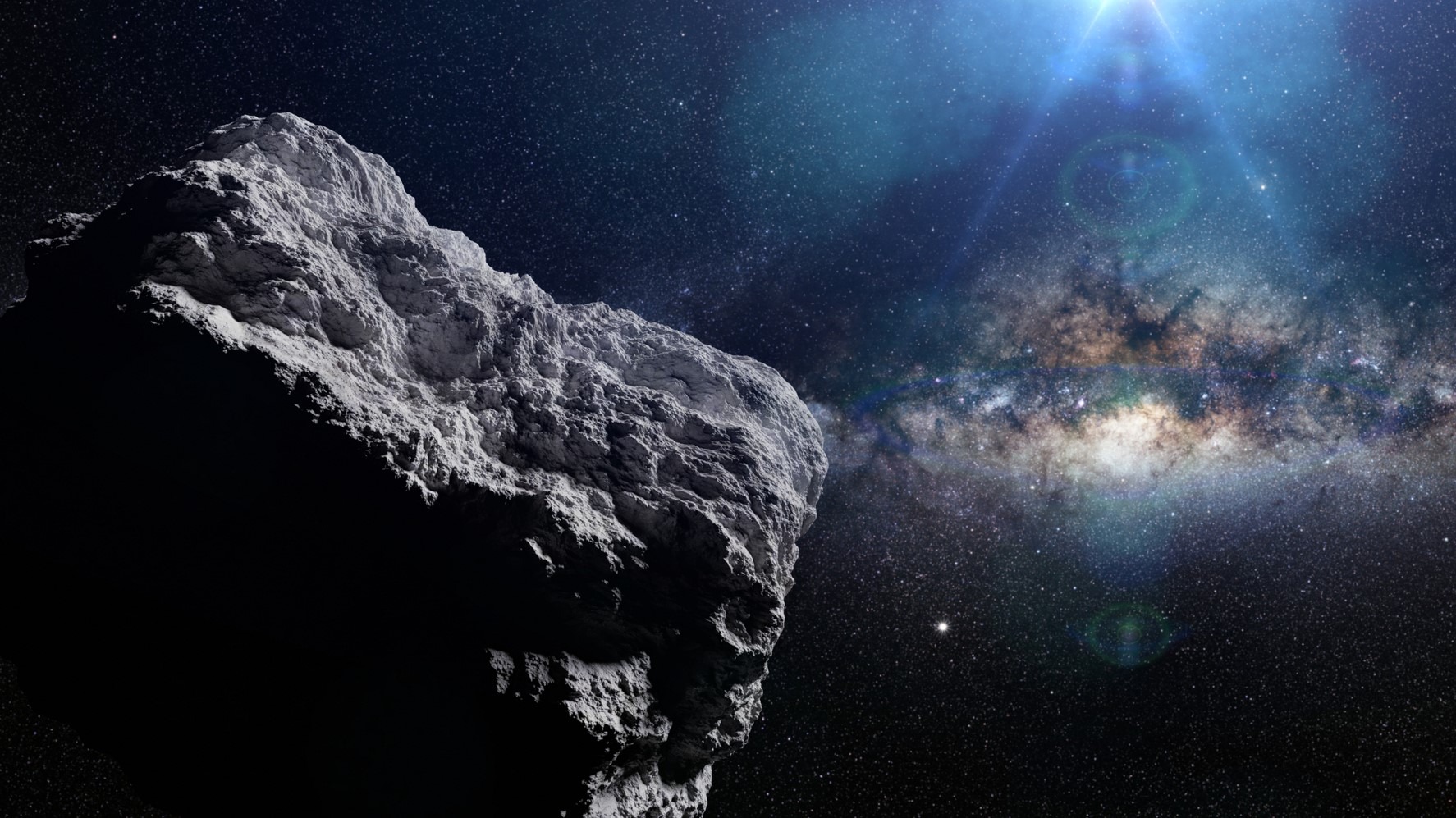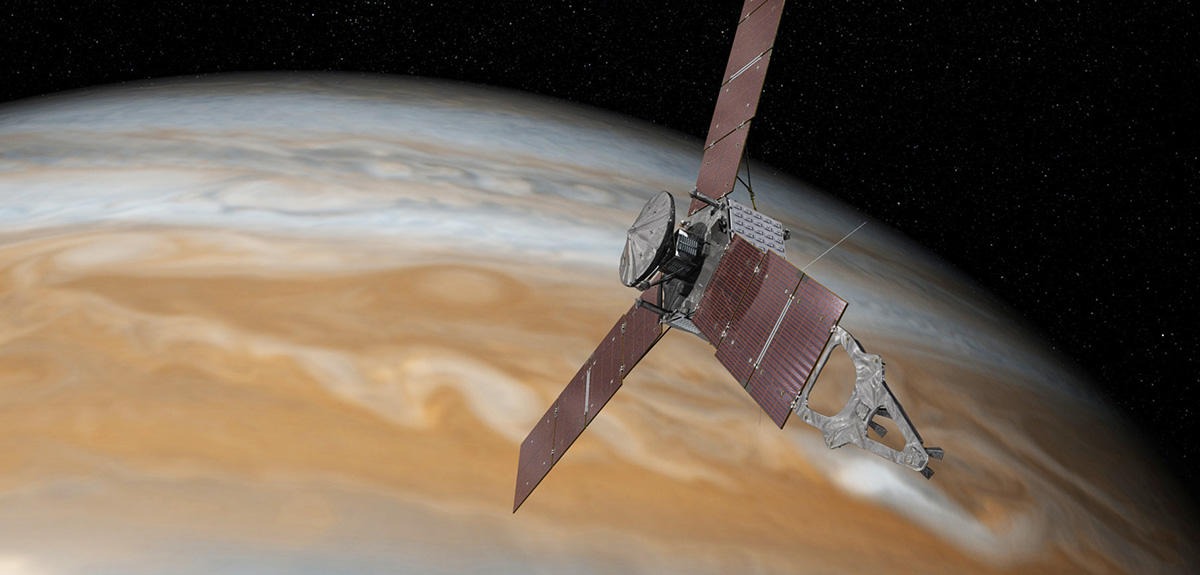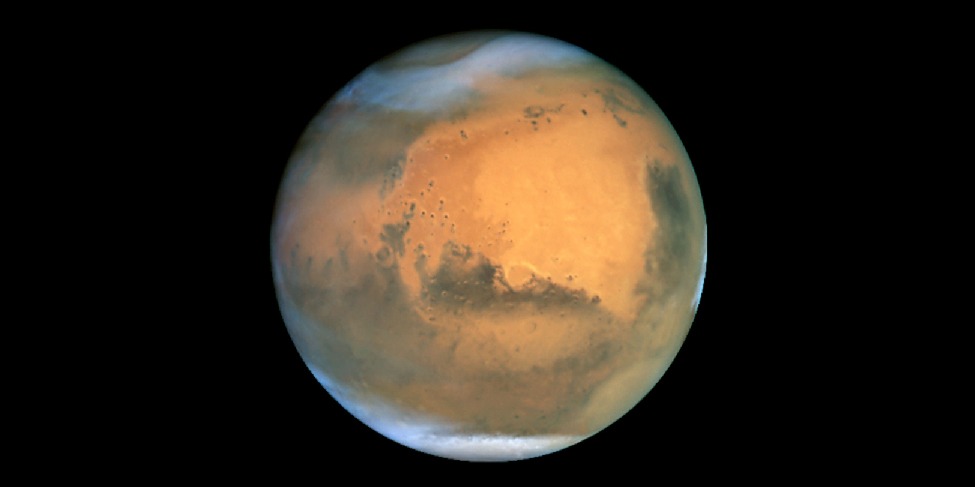When you think of the planet Saturn, you think of its beautiful, majestic rings. They are a signature feature of the planet, a cosmic wonder that has captured our imagination for centuries. From a telescope on Earth, they look like a solid, glowing disk. But up close, they are a completely different and much more amazing sight. Saturn’s rings are not a solid object. Instead, they are made of millions of tiny pieces of ice and rock, all orbiting the planet like a miniature solar system.
The science behind Saturn’s rings is a story of mystery, gravity, and cosmic collisions. For a long time, we didn’t know what they were or how they were formed. But thanks to missions like the Cassini spacecraft, we now have a much better understanding of this “jewel of the solar system.” In this article, we will take a deep dive into the science behind Saturn’s rings, exploring what they are made of, how they were formed, and the mysteries they still hold for us.
What Are Saturn’s Rings? A Cosmic Ice Rink
Saturn’s rings are a vast and complex system of billions of small pieces of rock and ice. They are spread out in a thin, flat disk that is about 170,000 miles (273,588 kilometers) wide. But despite their immense width, the main rings are incredibly thin, only about 650 feet (200 meters) thick in most places. This is why they almost disappear when viewed from Earth at certain times of the year.
The particles that make up the rings are not all the same size. They range from tiny, dust-sized grains to chunks as big as a house, and some are as big as mountains. The rings are not a static place; the particles are always colliding and bouncing off each other, and these collisions keep the larger pieces from getting too big. The rings are mostly made of water ice, which makes them very bright and reflective. This is why they are so easy to see.
The Formation of the Rings: A Cosmic Mystery
For a long time, scientists believed that Saturn’s rings were as old as the planet itself, about 4.5 billion years old. But recent studies from the Cassini mission have shown that this is likely not true. The rings are very clean and bright, which suggests that they are much younger, perhaps only a few hundred million years old. This new discovery has led to a few theories about how the rings were formed.
The Shattered Moon Theory
The most accepted theory is that a moon of Saturn was destroyed in a cosmic collision. Scientists believe that a moon, about the size of one of Saturn’s medium-sized moons like Iapetus, was hit by a huge comet or an asteroid. The force of the collision shattered the moon into billions of pieces of ice and rock. The pieces that were close enough to Saturn were then trapped by its gravity and formed into the rings that we see today. The new research from Cassini has shown that the rings are made almost entirely of ice, which supports this idea that the rings came from an icy moon that was torn apart.
The Primordial Disk Theory
Another theory is that the rings are the leftover material from the formation of the solar system. This theory suggests that the rings were once a part of the original cloud of gas and dust that created Saturn. Over billions of years, the material was shaped by gravity and other forces into the rings that we see today. However, this theory does not explain why the rings are so clean and icy. If they were that old, they would have collected a lot of space dust over billions of years and would be much darker than they are. This is why the shattered moon theory is the one that most scientists believe today.
The Rings’ Structure: Gaps and Ringlets
From a distance, the rings look like one solid object, but up close, they are a complex system of many different rings, with gaps in between them. The rings are named with letters in the order that they were discovered (A, B, C, D, E, F, and G). The most famous gap is the Cassini Division, which is a large gap between the A and B rings.
The gaps and the many ringlets are not a natural part of the ring system. They are created by the gravity of Saturn’s many moons. These moons, both big and small, are always pulling on the particles in the rings, creating waves and disturbances that shape the rings into the beautiful and complex structure that we see today.
The Shepherds of the Rings: Tiny Moons
One of the most amazing discoveries about Saturn’s rings is the existence of shepherd moons. These are small moons that orbit inside or on the edges of the rings. Their job is to keep the rings in place and to create the gaps.
Imagine a shepherd dog and its flock of sheep. The dog runs around the outside of the flock, using its presence to keep the sheep from wandering away. Saturn’s shepherd moons do the same thing. Their gravity pulls on the particles in the rings, keeping them from spreading out and giving the rings a sharply defined edge. For example, two small moons, Pandora and Prometheus, orbit on either side of the F ring, and their gravity keeps the ring from spreading out. Without these shepherd moons, the rings would be much wider and not as well-defined as they are.
The Rings’ Story: How Long Will They Last?
The rings of Saturn are not a permanent feature. The Cassini mission found that the rings are slowly, but steadily, raining down on Saturn. The small, microscopic particles in the rings are being pulled into the planet by its gravity and are burning up in its atmosphere. This is a very slow process, but it suggests that the rings will not last forever.
Scientists have estimated that the rings may be gone in less than a hundred million years. This is a very short time in cosmic terms. The beauty of the rings is a fleeting and precious moment in the life of our solar system.
Our Eyes on Saturn: The Cassini Mission
Our best look at Saturn’s rings came from the Cassini mission. The Cassini spacecraft orbited Saturn for 13 years, from 2004 to 2017, and it gave us a wealth of new information.
- Detailed Pictures: Cassini sent back thousands of detailed pictures of Saturn and its rings, showing us the complex structure and the many ringlets and gaps. It also gave us our first close-up look at the shepherd moons and their interactions with the rings.
- The Rings’ Composition: Cassini also confirmed that the rings are made mostly of water ice. It found that the E ring, which is the outermost and most diffuse ring, is being fed by water ice from the geysers on Saturn’s moon, Enceladus. This was a major discovery.
- The Rings’ Age: Cassini’s data also helped scientists to figure out that the rings are much younger than the planet itself. The rings are very clean and have not collected a lot of space dust, which suggests that they are much younger than we once thought.
The Cassini mission was a huge success, and it changed our view of Saturn and its rings forever.
Conclusion
Saturn’s rings are one of the most beautiful and mysterious objects in our solar system. They are not a solid disk but are made of billions of pieces of water ice and rock. The rings were likely formed from a moon that was shattered in a cosmic collision, and they are kept in place by the gravity of Saturn’s many moons, including the shepherd moons.
The rings are a dynamic and changing system, and they will not last forever. The Cassini mission gave us a wealth of new information about the rings, but there are still many mysteries that we have yet to solve. The rings of Saturn are a beautiful and precious part of our cosmic neighborhood, and they are a constant reminder of the amazing power and beauty of our universe.
